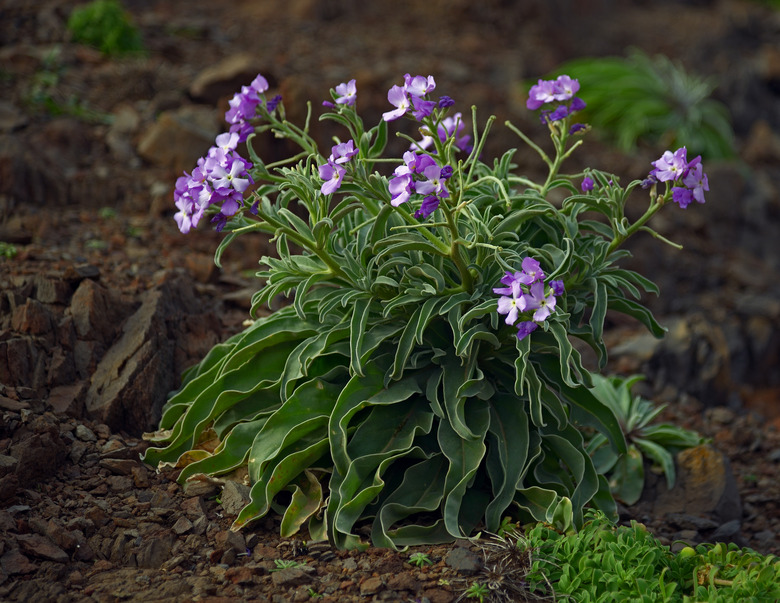How To Care For Stock Flowers
Stocks (Matthiola incana), also known as hoary stocks, are cool-weather flowering plants in the cabbage or Brassicaceae family grown for their dense racemes of flowers that are often used in cut flower arrangements and bouquets. It is rare to find species plants for sale; the majority of stocks available for purchase are hybrids.
Stocks are hardy in USDA hardiness zones 7 to 10. Though they are biennials or short-lived perennials, they are often cultivated as annual plants.
Stock Flower Characteristics
Stock plants grow upright to heights between 1 and 3 feet. The leaves are grayish-green in color, with an oblong shape and lengths of up to 4 inches. The leaves are also pubescent, or hairy.
As cool-weather plants, the bloom time of this species is affected by weather and climate. In places where summers are cool, they bloom from late spring into the fall. However, in warmer climates, they may decline in the summer months.
Tip
Stock flowers thrive in cool weather. They usually decline in the summer as temperatures rise.
Stocks may have both single and double flowers that grow in terminal clusters. These plants are available in a range of colors, including pink, purple, white, yellow and red. Their intensely fragrant flowers have a clove-like scent and are attractive to pollinators.
In the garden, they are a lovely addition to borders and containers. They also work well in cottage gardens.
Growing Stock Flowers
Stocks can be purchased from nurseries. They can also be grown from seed directly sown into the garden in early spring at a depth of about 1/8 of an inch or started indoors six to eight weeks in advance. Germination takes about 7 to 10 days. If you sow stock seeds every two weeks, you can extend the bloom time.
Stock plants grow best in well-draining soil that has a pH between 7.0 and 7.5, which is slightly alkaline. It may be necessary to amend the soil with lime to raise the pH if it does not fall within this range.
Tip
For best bloom, plant stock flowers in full sun.
Hoary stock flowers perform best when they receive full sun, which means at least six hours of sunlight a day; however, they can tolerate light shade, though it may diminish blooming.
Stock Plant Care
One of the advantages of growing stocks as garden flowers is that they are low-maintenance plants. They like moist soil and should be watered regularly, though it is important not to overwater them which, like in the case of many plants, can lead to root rot.
To keep your stock plants looking their best, feed them every four to six weeks during the growing season with a balanced fertilizer. Deadheading stocks will also keep the plants looking tidy and compact.
If you are growing tall varieties of stock, you may need to stake them to prevent them from flopping over under their own weight.

